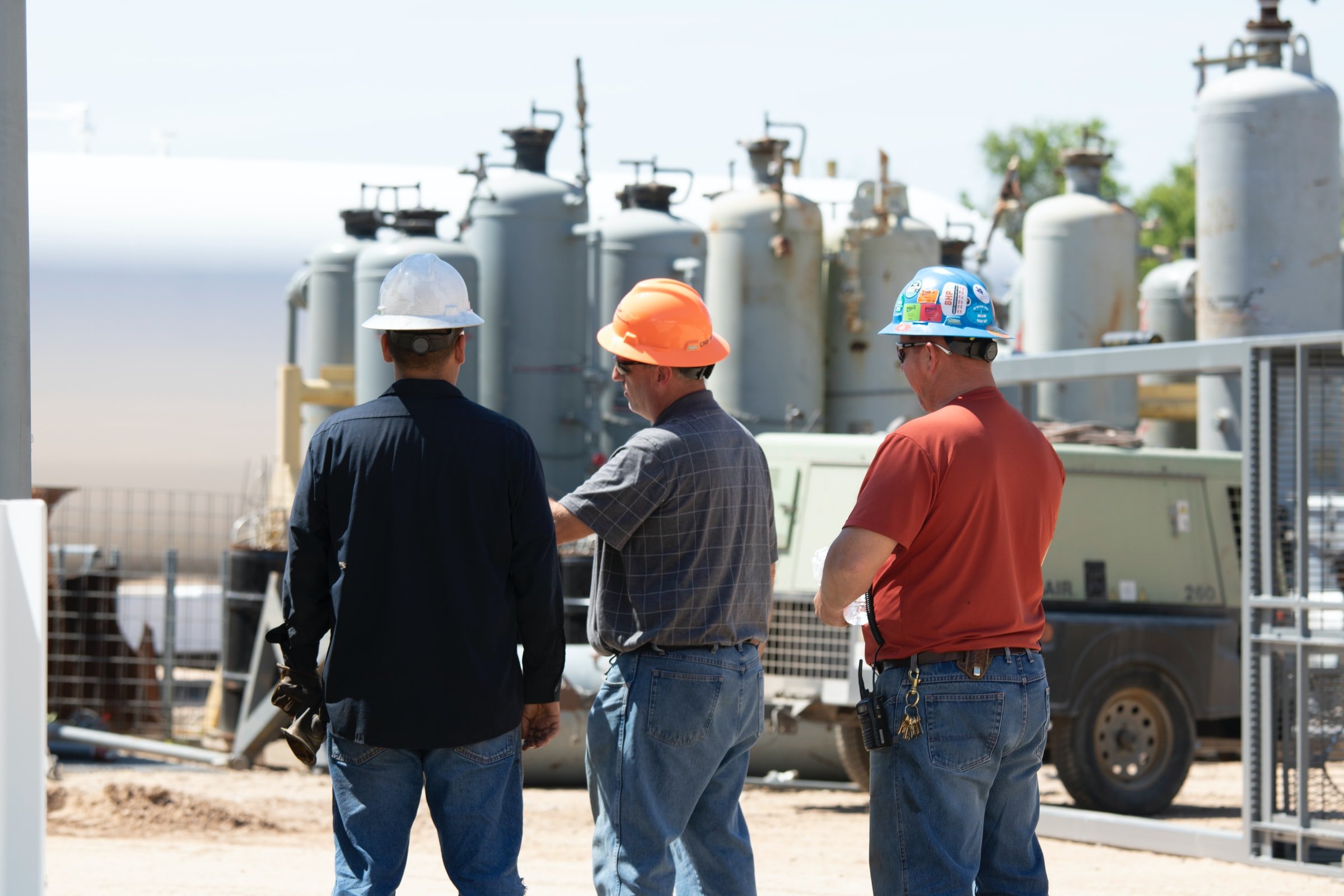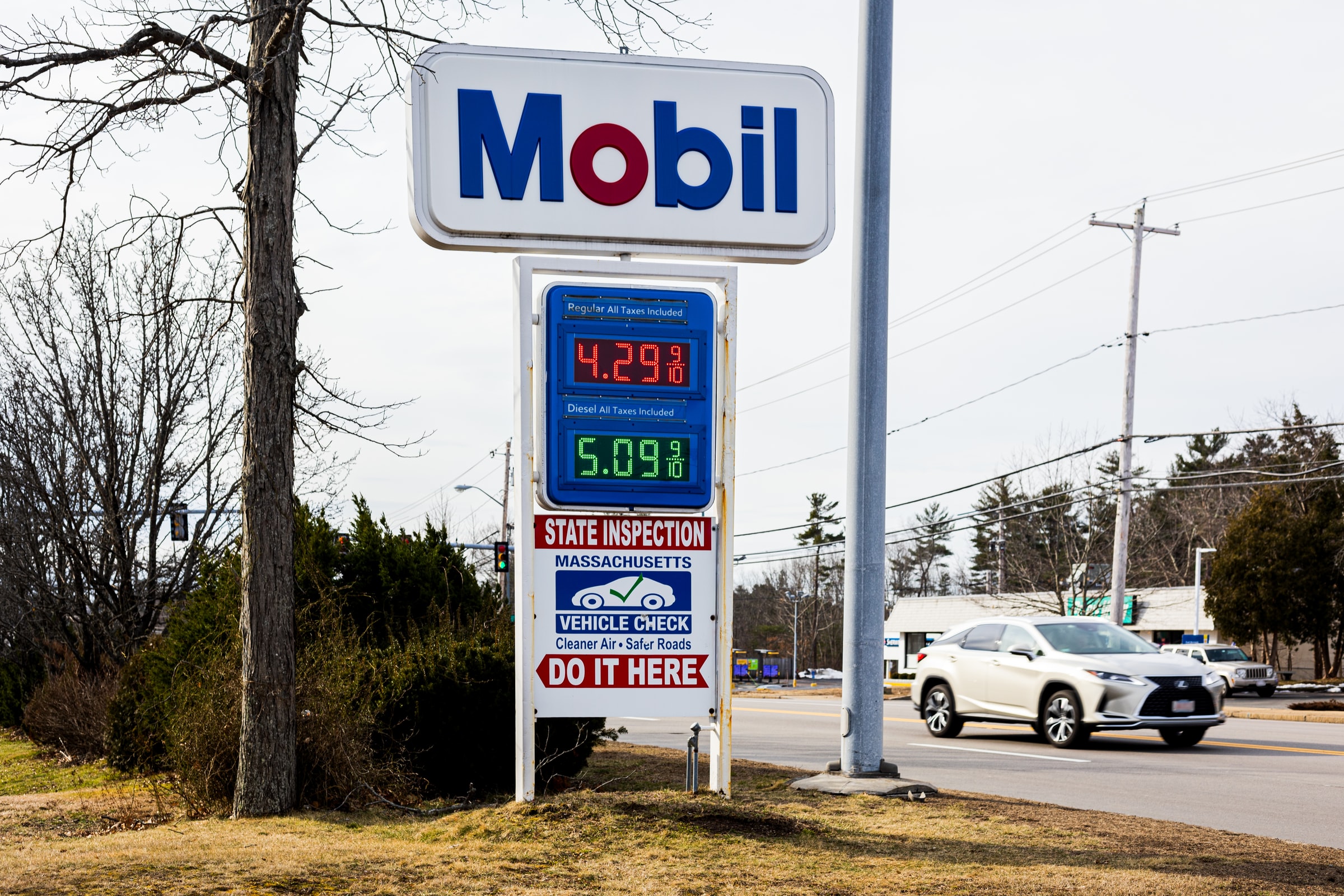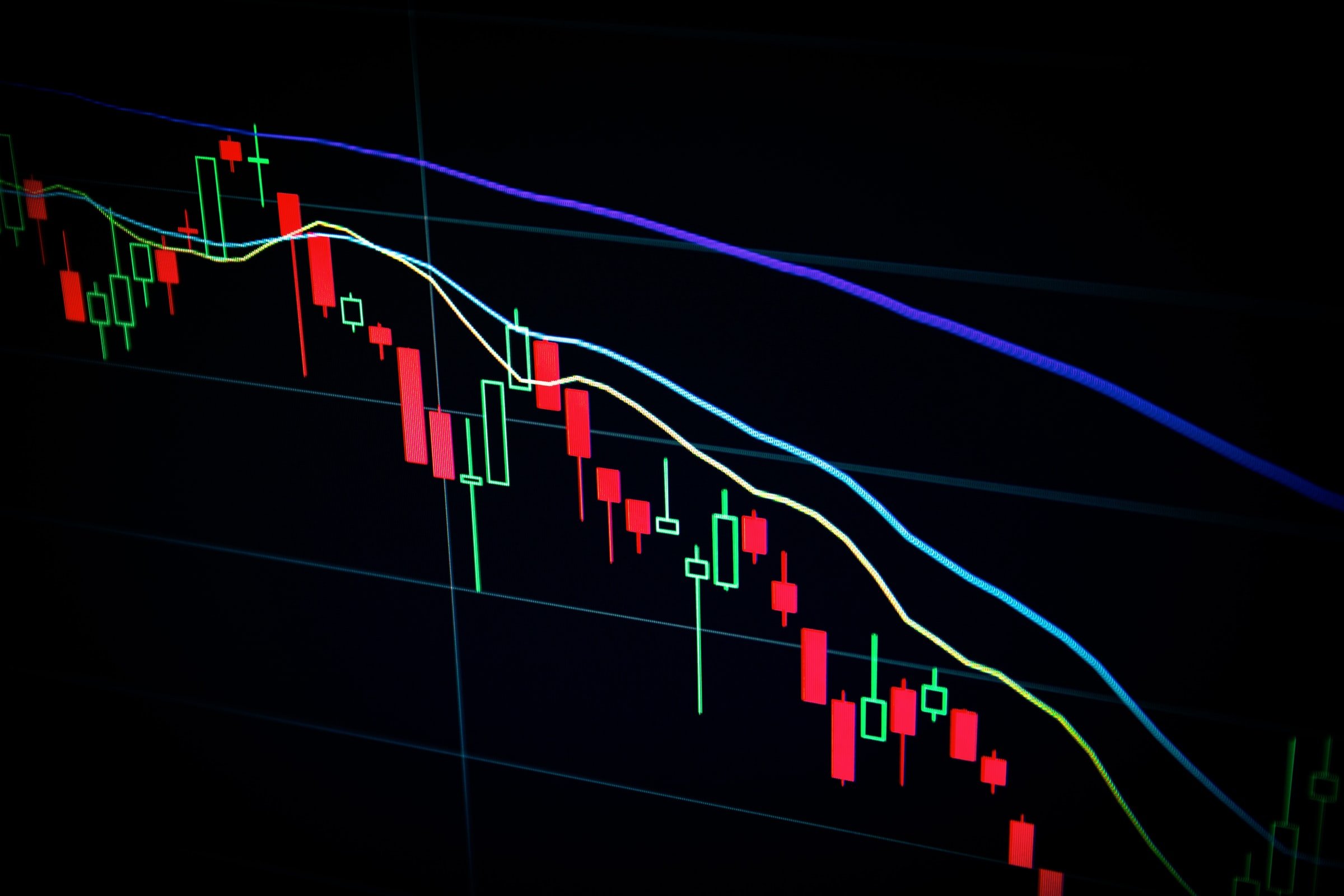American consumers are getting hit hard by high inflation levels. Every trip to the grocery store ends with the same question: “When will inflation go down?”
In June alone, inflation rates rose by 9.1%, even higher than previously predicted. But despite these economic pressures, there’s cause for hope. Here’s what you need to know about inflation and what to expect in the near future:

What Is Causing Inflation in 2022?
Economists had hoped that the Consumer Price Index (CPI) would only rise from 8.6% to 8.8% from May to June. Instead, rates rose to 9.1%, the highest since November of 1981.
What’s driving these historically-high inflation rates? At its simplest, inflation results when supply fails to keep up with demand. This disparity results in a dramatic increase in consumer prices, which has something of a ripple effect on the cost of labor, rent, and everything else.
More specifically, experts point to an assortment of factors that are causing an imbalance in supply and demand:
Supply Chain Issues
Continued delays in the global supply chain have reduced the supply of many consumer products. It’s not just that prices are rising; it’s also the fact that shoppers are encountering empty shelves when they go to the grocery store.
Until the supply chain crisis can be resolved, consumers can expect to feel a continued pinch when they purchase their essentials.
Labor Shortage
It’s true that the job market is hot right now, but that also means that salaries have become competitive to attract and retain workers. This competition hits service-based professions especially hard, which is why you might see an increase in prices at the fast-food drive-thru.
But it also means that the small businesses that make up main street America are similarly struggling, forcing many to raise prices to match the increase in labor costs.
Pandemic Relief Packages
There’s been no small debate regarding the impact of the pandemic relief packages of the last year or so. Some skeptics have suggested that these relief packages only served to slow the recovery after the pandemic, and current inflation rates only reflect this slow progress.
Others aren’t so sure, pointing instead to the other factors mentioned above. Either way, it’s hard to underestimate the continued effects of COVID-19 on the U.S. economy, as ongoing infections continue to shape daily life.
Housing Shortage
The supply chain and labor shortage have also contributed to a nationwide housing shortage. As a result, the cost of homes has skyrocketed, and many would-be homebuyers are canceling deals at rates that haven’t been seen since the start of the pandemic.
Likewise, many cities are experiencing spikes in rental costs, as much a result of increased demand as it is a rise in utility costs.
Does Inflation Ever Go Down?
All these factors may prompt a general question: if inflation causes prices to rise, does inflation ever go down? In other words, if CPI rises, will we be stuck with high prices forever?
Not necessarily. Emma Raisal, an economist at Duke University, says that:
“It is by no means unheard of to see prices [of consumer goods] actually fall — not just stop going up but actually come back down again. There are times when we see this across the whole economy at large though it varies tremendously sector by sector.”
This revelation means that, according to leading economists, American consumers can, indeed, expect prices to drop — just not all at once.
Additionally, it’s possible for the rate of inflation to stabilize, which means that even if the CPI continues to rise, it won’t rise to the same degree as is happening in the current moment.
Similarly, it’s rare for prices to normalize across all sectors at once. This disconnection means that it’s conceivably possible for the cost of gas and utilities to normalize while the cost of consumer goods remains high (or vice versa).
The bottom line? Inflation can fall as well as rise, though the crucial question remains as to when Americans might see a drop in inflation rates at the pump or supermarket.
Will Inflation Go Down in America?
Will inflation go down in 2022? Even leading experts are divided on this question. If there’s a consensus to be found, it’s that inflation rates can be expected to drop, though it’s unlikely to happen before the end of the calendar year.
Why not? The same causes of inflation at present are likely to continue for the foreseeable future. Recovering from the supply chain crisis, for example, takes time, and the war in Ukraine is only contributing to a widespread scarcity of materials and goods that’s driving inflation rates worldwide.
But that doesn’t mean that our current situation is expected to continue indefinitely. According to Preston Caldwell, head of U.S. economics at Morningstar, inflation rates will likely normalize between 2023 and 2025.
Signs of Hope
If America’s experts are correct, consumers can expect to see a price decrease as early as 2023. If that sounds overly optimistic, it might help to take a look at a few early signs of hope:

Gas Prices Are Decreasing
Rising gas prices have been a major contributing factor to present inflation rates. But as the New York Times reports, gas prices have been dropping steadily from May until June, which provides hope for relief in the near future.
Not only does this mean better prices at the pump for consumers — but it also means lower delivery costs which should bring down prices across the board.
Computer Chip Shortage Is Easing
The computer chip shortage has affected a range of consumer products, but it’s had the most profound impact on the automotive industry. A shortage of computer chips had rendered many new vehicles inoperable, as they were lacking the sensitive “brains” needed to power their electrical and mechanical components.
But now, computer chip prices are dropping. This drop means that the cost of consumer electronics might be expected to ease, but more importantly, it means that automotive manufacturers may be able to return to full production.
Fertilizer Prices are Dropping
Soaring prices for fertilizer caused a drop in demand, but now fertilizer prices are dropping to catch up. This availability means that farmers are able to produce food at a faster, cheaper rate than previously, and supermarket customers can expect lower prices.
Should I Invest in This Economy?
Inflation impacts investors and consumers alike. During an economic downturn, it can seem especially risky to make an investment. But that doesn’t mean that it’s impossible. Instead, rely on some basic investment practices such as:
Focus on Large-Cap Stocks
Large-cap stocks typically represent companies whose size and history make them all but recession-proof. Now isn’t the best time to be investing in that trendy new startup, though if you must, adding a large-cap stock as well can stabilize your portfolio to mitigate risk.
Pursue Dividends
Some companies pay their investors dividends, which might provide you with some extra cash during a time when consumer prices are painfully high.
Use the Dollar-Cost Averaging Method
With inflation rates rising and falling, it’s challenging to pinpoint the best time to invest. Dollar-cost averaging is an investment method where you invest slowly over time, which prevents you from missing out on a low price, and makes the most of your investment dollars.

Stay Informed with Gorilla Trades
Currently, your best bet is to keep tabs on the rise and fall of consumer prices in the United States. Staying informed can help you make wise investments and can help your portfolio weather these economic storms.
Gorilla Trades members get exclusive access to additional research tools, stock alerts, and more. Sign up today, and you’ll receive 30 days of free stock alerts. Let us help you reach your investment potential.




